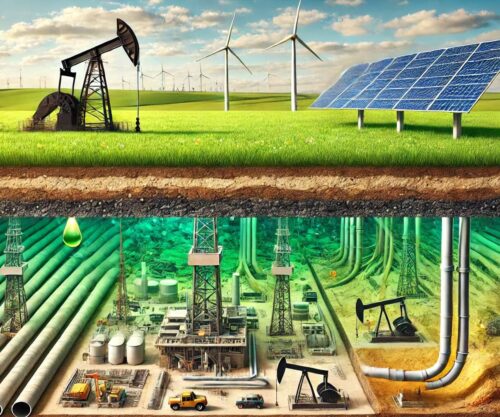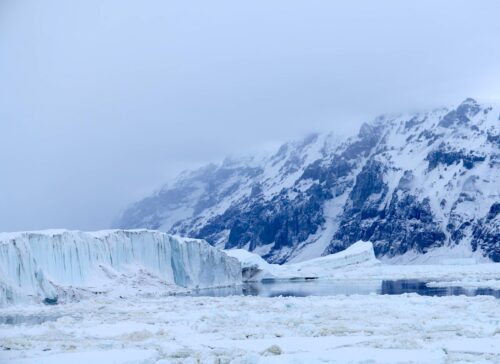
According to a new study, Greenland temperature stations indicate an abrupt 2.9°C warming trend from 1922 to 1932 (10 years) that was nearly identical to the 3.1°C warming trend from 1993 to 2007 (14 years). [emphasis, links added]
Between the two warming periods (identified as WP1 and WP2 in the study) was an overall ~3°C cooling from 1933 to 1992.
Thus, as the temperature charts from the study illustrate, there has been almost zero net warming across Greenland in the last century.
This temperature trajectory is consistent with the Box (2009) analysis that said “the annual whole ice sheet 1919–32 warming trend is 33% greater in magnitude than the 1994–2007 warming.”
“The course of the AT [air temperature] anomaly between 1900 and 2015 relative to the reference period (1986–2015) at the stations UPV, ILU, NUK, QAQ and TAS, the 20CRv3 area average for the globe, the Arctic, Greenland as well as 20CRv3 interpolated to WEG_L shows two distinguished WPs [warm periods]. These two periods are observed at all stations and show a continuous increase over more than 5 years. Based on this, we determine WP1 between 1922 and 1932, and WP2 between 1993 and 2007. During WP1, the AT anomaly increased on average by 2.9 °C across stations, while in WP2, it increased by 3.1 °C, though WP2 spans a longer period (14 years compared to 10 years for WP1). The average annual increase for both WPs across all stations is 0.2 °C yr−1.”
Interestingly, the authors estimate that Greenland ice sheet (GIS) melt has added just 1.08 cm to global sea levels since 1900.
This is too small to justify alarmist narratives about dramatic warming and ice melt contributing to sea level rise.

Read more at No Tricks Zone


















